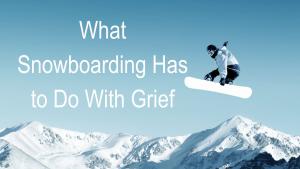
Growing up in Southern California, I had never even seen snow before. But that didn't stop my friends from dragging me up to the top of a mountain and strapping a snowboard on me at 15. With minimal instruction and ill-fitting gear, I somehow managed to make it down the hill in one piece. It was a rough start, but I slowly learned how to slide down sideways. I just had to pick it up by watching other people do it. Now, at 42 years old, I'm a mediocre snowboarder.
Cut to 25+ years later—I'm incredibly grateful to be snowboarding with my kids in Idaho, where I live with my family. It's a special bond we share, and I love being able to have fun and be silly with them on the slopes. My 11- and 9-year-olds are going to surpass my skills soon, and I couldn't be more proud.
Have you ever been told to "figure it out" when facing a challenging situation like I was told when learning to snowboard?
What does this have to do with grief?
Let's be honest: Life throws some major curveballs, and sometimes, we feel lost and confused. It's okay not to have all of the answers right away. We weren't given a manual on how to navigate every adversity that comes our way. Remembering that it's okay to ask for help and support during challenging times is essential.
In the Grief Recovery Method, we do one exercise called the loss history graph. We ask you to chart your traumas, loss, and grief from significant past events.
Have you ever considered how many significant emotional hurts you have experienced in your life? We all carry a unique list of wounds, from heartbreaks to betrayals, losses, and grief. While some may only accumulate 10 painful emotional experiences, others may tally up to 25.
The frequency of these hurts varies for each person, but the impact is always profound. Sometimes, we have three or four losses in a row, or one loss causes other losses in our lives. But for most of us, painful experiences are spread out over years, so it's not common. We are not used to dealing with these issues regularly.
Navigating through emotional pain and trauma on our own can be tough, especially when we don’t have guidance from a mentor. But it's important to address painful emotions to heal. Like teaching someone how to snowboard, structured lessons can help us navigate past pain and find healing. If you're struggling with past hurt, The Grief Recovery Method can benefit you.











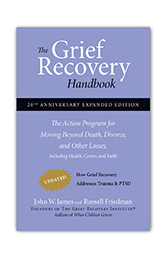
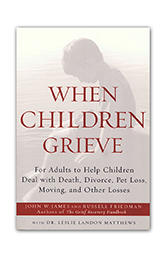
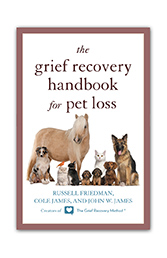
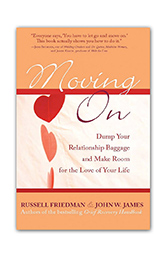
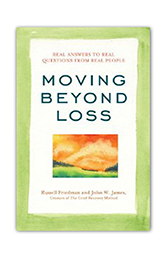
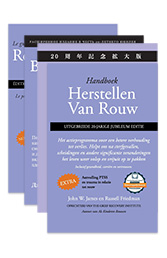

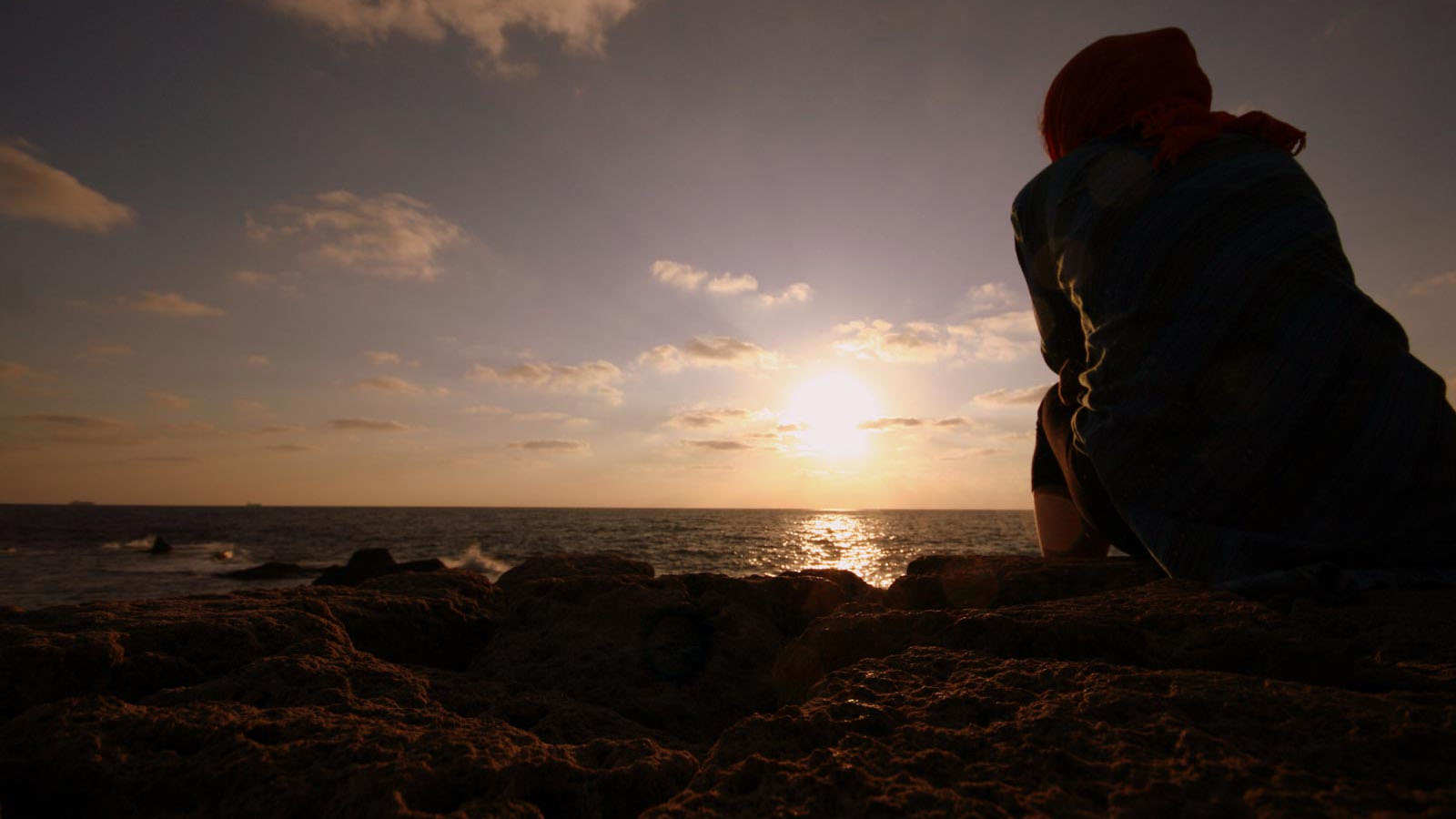
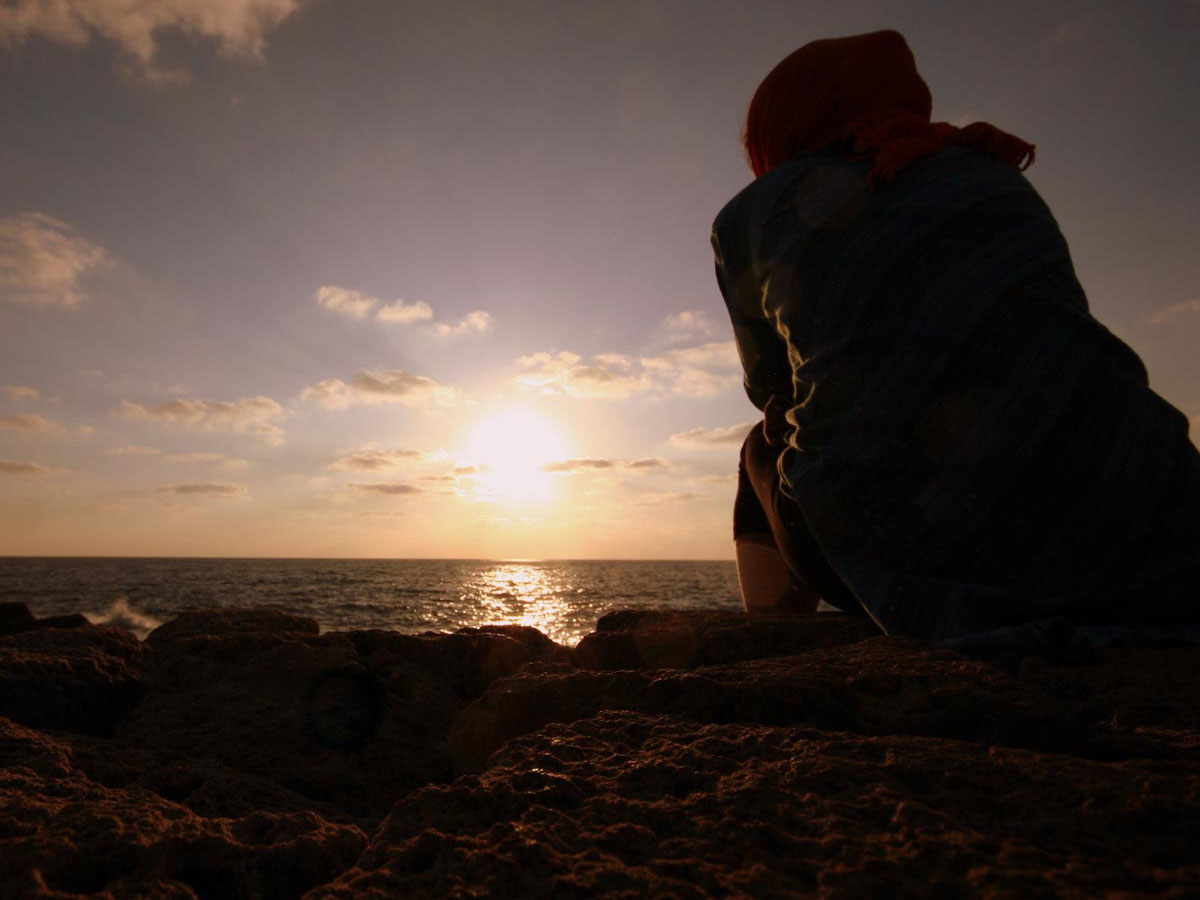


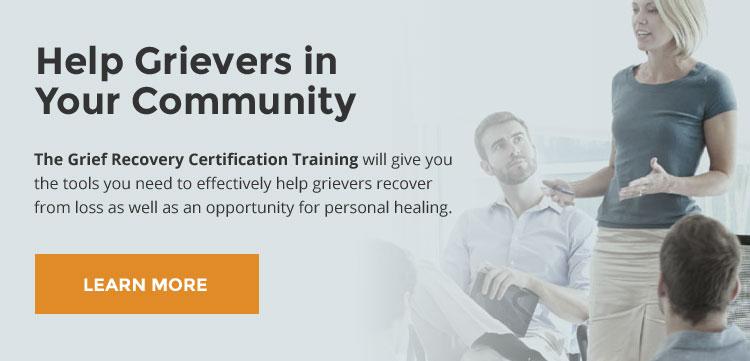
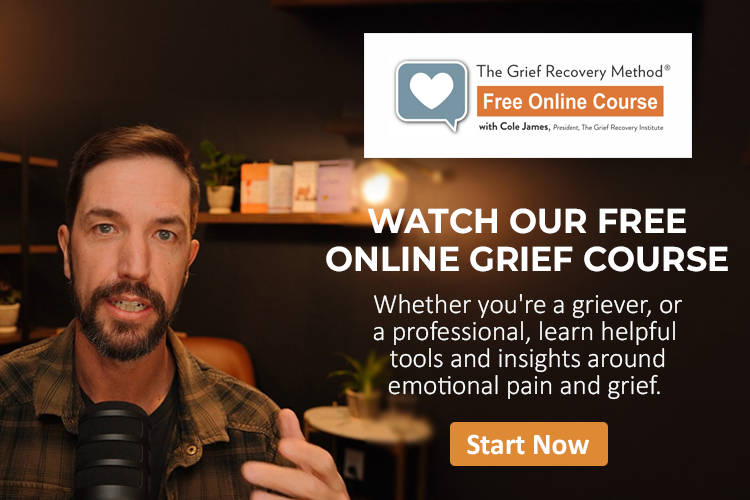
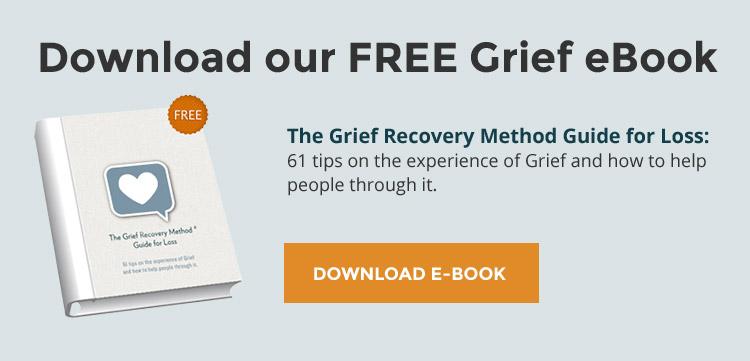
Add new comment